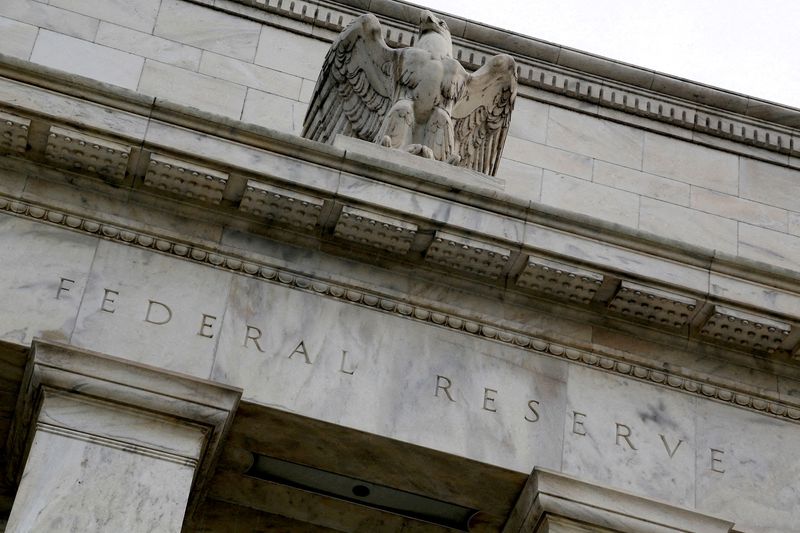By Matt Tracy and Shankar Ramakrishnan
WASHINGTON (Reuters) - A sell-off in the U.S junk bond market is presenting investors with a buying opportunity but some are holding back, worried that a looming recession could spark widespread credit defaults.
Spreads on junk-rated bonds have widened some 184 basis points this year while yields - which move inversely to prices - have spiked to over 9%, according to the ICE (NYSE:ICE) BofA US High-Yield index. That level is the highest for yields since April 2020, while the index is down some 13% this year.
Yet some market participants believe one of the most painful periods in memory for credit could get worse, especially if the Federal Reserve's monetary tightening leads to a prolonged recession and widespread credit defaults.
“Valuations are more attractive relative to earlier this year but spreads in the high-yield market are still not pricing in a deep recession,” said Michael Chang, a senior high-yield portfolio manager at Vanguard.
“If that were to occur, there could be significant weakness. We are less cautious, but we are not overly bullish," he said.
Indeed, there are few signs that the weakness in high-yield is nearing an end, as expectations that the Federal Reserve will continue ratcheting up rates in its battle against inflation pressure riskier investments.
The Credit Stress Indicator (CSI), developed by BofA Global, on Oct. 14 breached the 75th percentile (to 76.5) for the first time since mid-April 2020. That level is a critical zone of credit stress where credit markets become vulnerable to dysfunction, said Oleg Melentyev, credit strategist at the bank.
The CSI is "flashing bright orange to borderline red,” Melentyev said.
DEARTH OF OFFERINGS
At the same time, risk aversion has slowed new bond issuance in the primary high-yield market to a trickle.
Only 23 new bond offerings priced in the third quarter for a total of $18.91 billion, compared with $107.7 billion raised by 154 deals in the same period a year earlier, according to data from Informa Global Markets. Just five new high-yield deals have priced in October so far, for a total of $3.715 billion.
So far, the dearth of offerings has not caused widespread concern, as companies that borrowed heavily from 2020 to 2021 have not yet faced pressure to raise liquidity in the current environment.
That could change in 2023, however, if a recession further dampens activity in primary markets and borrowing costs remain high, spurring potential defaults in the lowest rungs of junk-rated bonds.
Ratings firm Moody’s Investors Service expects trailing 12-month default rates among speculative-grade issuers to climb nearly threefold to 4.4% in August 2023 from 1.5% in August 2022. This number could hit 13% in a worst-case scenario accompanied by high unemployment and wide spreads.
"Our primary message is we are in a transition where a company’s underlying fundamentals would start driving the next leg of credit-spread widening,” said Meghan Robson, head of U.S. credit strategy at BNP Paribas (OTC:BNPQY).
To be sure, some investors still see opportunities in high yield to put their money to work, focusing on the higher-rated areas of the junk bond market like double B-rated issuers, which make up almost 30% of the market and are deemed to be less risky than their single B and triple C counterparts.

“With rates where they are, you can get very good relative value credit at yields approaching 8% at a discount," said Michael Schlembach, portfolio manager at Marathon Asset Management.
In the current environment, "underlying fundamentals and ratings of a borrower matter much more,” he said.